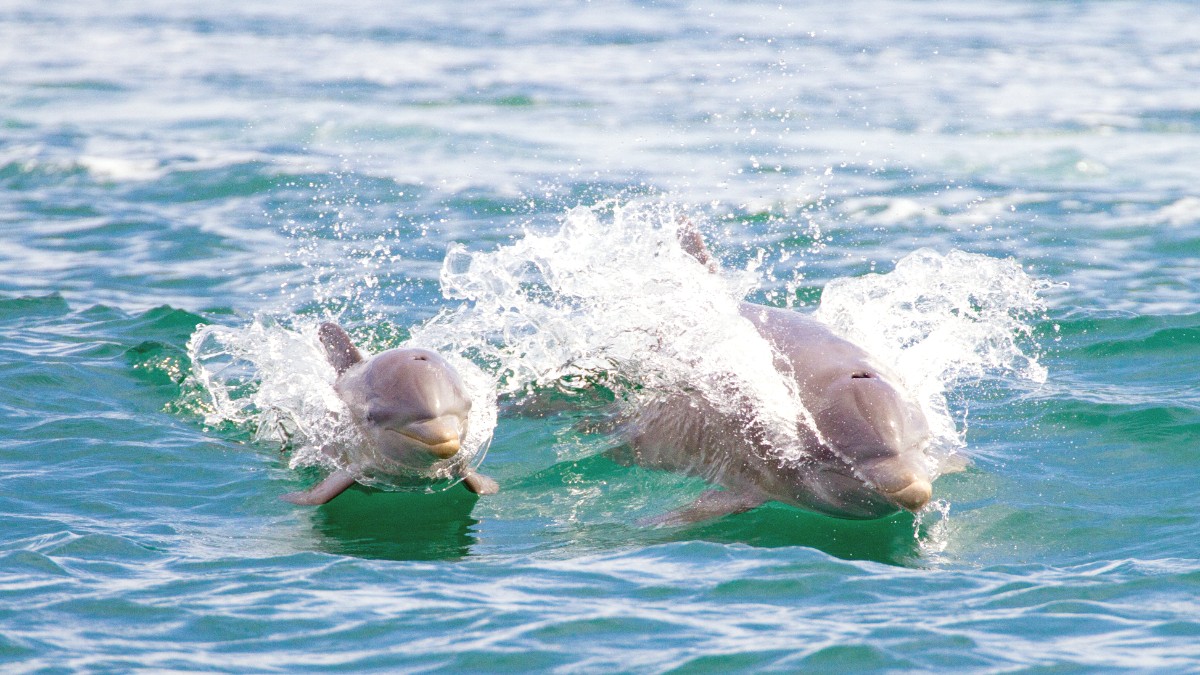
Panama
A passport valid for at least three to six months beyond your departure date is generally necessary. Some airlines or transit countries may enforce the six-month rule. Your passport also needs at least one blank page for stamps.
Panama has specific visa policies. Many nationalities enjoy visa-free entry. Citizens of the United States, Canada, European Union countries, the United Kingdom, Australia, New Zealand, and many Latin American countries do not need a visa for stays up to 180 days. Even without a visa, present a valid passport, proof of a return or onward ticket, and proof of economic solvency.
No specific entry fees apply for tourists. Upon arrival, complete an immigration form, then present it with your passport and documents to an immigration officer. The officer will review your documents and stamp your passport, indicating your authorized stay.
No special permits are generally needed for standard tourist activities. National parks and protected areas have entrance fees, usually paid on site or included in organized tour prices. For example, entering the Red Frog Beach area or the Zapatilla Cays requires a small fee collected by local authorities or tour operators.
Panama has no specific health entry rules beyond standard advice.
Vaccination is necessary for travelers arriving from Yellow Fever risk countries. Carry your International Certificate of Vaccination (Yellow Card) if this applies to you.
Always check the latest travel advisories from your government or the Panamanian embassy before your trip, as policies can change.
Late December to April
Most reliable weather, abundant sunshine, calmest seas for smooth boat rides and clear water for snorkeling and diving. Lively atmosphere.
Higher prices for accommodations, flights, and tours. More crowded beaches, restaurants, and attractions.
September to November
Lowest prices for accommodations and tours. Fewest tourists create a quiet, more intimate atmosphere. Often the best time for surfing.
Highest rainfall, with more intense downpours. Some smaller establishments may have limited hours. Rougher seas can impact water activities.
The archipelago does not have distinct four seasons. Instead, it features drier and wetter periods. Even during the "dry" season, some rain is possible, often in short, intense bursts, followed by sunshine. This pattern marks equatorial regions.
Panama is generally outside the main hurricane belt, but isolated tropical depressions or storms can sometimes affect the region, especially during the wet season. These events can bring prolonged heavy rain and stronger winds, possibly disrupting travel plans. Earthquakes are possible, as Panama sits in an active seismic zone, but major events affecting Bocas del Toro are rare.
The dry season (December to April) presents the best visibility.
Best waves usually from September to November and December to April.
The dry season brings the calmest water taxi rides.
Trails can be muddy and slippery during the wet season; pack footwear.
Dolphin sightings occur year-round. Turtle nesting from March to September.
Prices vary based on your travel style, from budget-conscious to luxury.
Panama uses the United States Dollar (USD) as its circulating paper currency. The official currency, the Balboa (PAB), exists only in coin form, pegged at 1:1 to the USD.
Here are daily cost estimates for different traveler types. These are averages and can vary based on your choices.
Adopt these strategies to manage your budget effectively.
Understand the common concerns and how to minimize risks.
Dengue, Chikungunya, and Zika. Use Insect repellent with DEET or Picaridin. Consider treating clothing with Permethrin spray.
Use Reef-safe sunscreen (SPF 30+), wear a Wide-brimmed hat, and stay hydrated.
Practice good food and water hygiene. Wash hands frequently. Consider Bottled water or a Portable water filter.
Hospital Regional de Bocas del Toro: Handles basic emergencies. For serious conditions, evacuation to Panama City might be necessary.
Pharmacies are available in Bocas Town. Dial 911 for general emergencies throughout Panama. Bocas del Toro is generally safe, but petty crime like theft and pickpocketing occur.
Avoid walking alone in poorly lit areas late at night. Secure your belongings in hotel safes. Be aware of your surroundings when consuming alcohol.
Wear Water shoes for protection against marine life when wading in shallow waters.
Cover for doctor visits, hospital stays, and prescription medications.
For transfer to Panama City or home country for serious conditions.
Covers non-refundable expenses if your trip is cut short. Companies like World Nomads and SafetyWing are popular choices.
Panama is in an active seismic zone, so minor tremors are possible. Heavy rainfall can cause localized flash floods. Be aware of strong rip currents on some beaches during high surf.
Keep a list of these numbers readily accessible.
Police, Fire, Ambulance: 911
Hospital Regional de Bocas del Toro: +507 757-9201
Panama City: +507 317-5000